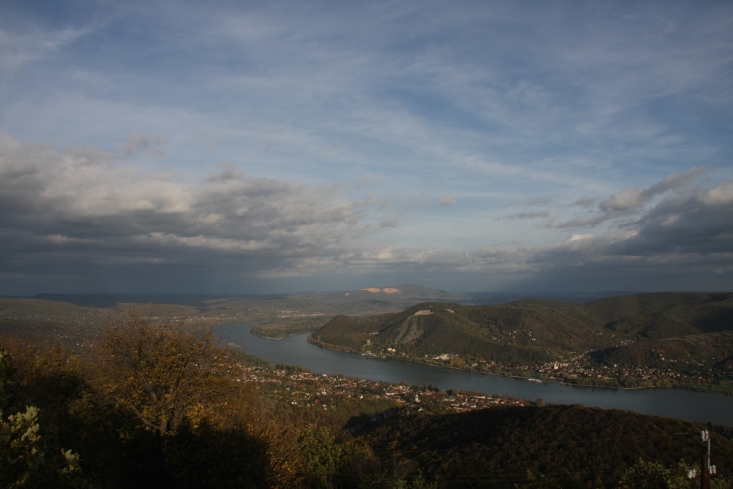Our national park's eponymous river is the second largest in Europe after the Volga, although it is the most important by far.
The Danube-Ipoly National Park covers the area between Göd and Esztergom (1670 - 1720 river kilometres). In addition to the riparian floodplain forests, the most significant areas are the islands, including the natural value-rich units of Szentendrei Island. In some places, such as along the Sződ-Rákos stream, connected wetlands and sandy habitats are also protected, and although they seem to be far from the river, they are easily visible witnesses of the Danube's former work. Their fauna is special and unique, sometimes with indigenous species.
The well-known Danube bend, whose Pleistocene formation - the 'pathfinding' between the volcanic mountains and the separation of the Visegrád Hills from the Börzsöny - was the most extensive and influential hydrographic change in the Carpathian Basin.
In this narrow stretch of the river, it speeds up and then spreads out slightly, creating new reefs and islands between Nagymaros and Vác. These are literally the last refuges for wildlife, as most of the riparian areas are under the influence of development or other direct human use; the loss of value and species of wildlife due to fragmentation is spectacular. Of course, there are always new invaders, but most of the invaders are unwanted species. These include the green maple, which is displacing native trees in floodplains, and the Canadian goldenseal, which is literally overcrowding the marsh meadows. The extent of their encroachment is now comprehensible to the casual observer, and is also staggering.
In addition to the freight traffic that uses the river as a waterway, the problem of the huge passenger ships is a growing pressure. On the one hand, this has resulted in the disappearance of reefs and the loss of a varied riverbed due to the maintenance of the banks (commonly known as dredging) to ensure navigation, and on the other, in the mass mortality of fry due to the high swell, a symptom of which is the general shortage of fish. All this, in addition to the deterioration of the mood of Danube anglers, is also seriously disrupting the functioning of river ecosystems.
The Danube bend is still a stunning landscape, although it still bears the scars of several decades of planned investments in Bős-Nagymaros, and the aesthetic experience is spoiled by the landscape of the southern mine of Naszály, which towers above Vác.
The international Danube Parks network is the brainchild of national parks and other protected area management organisations along the Danube.
The Danube has always - culturally speaking - brought together the destinies of the peoples living along the river. Through DanubeParks, our actions to protect and preserve natural resources and values will hopefully in the future come together like the Danube's headwaters and estuary.
